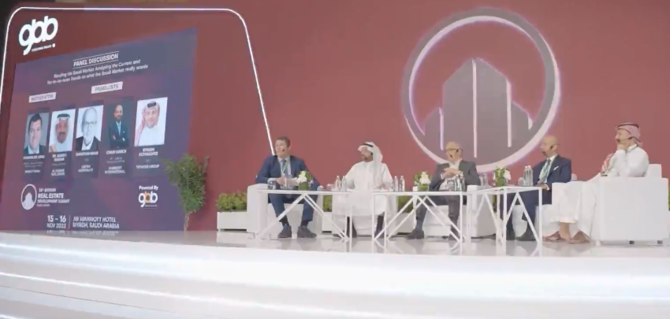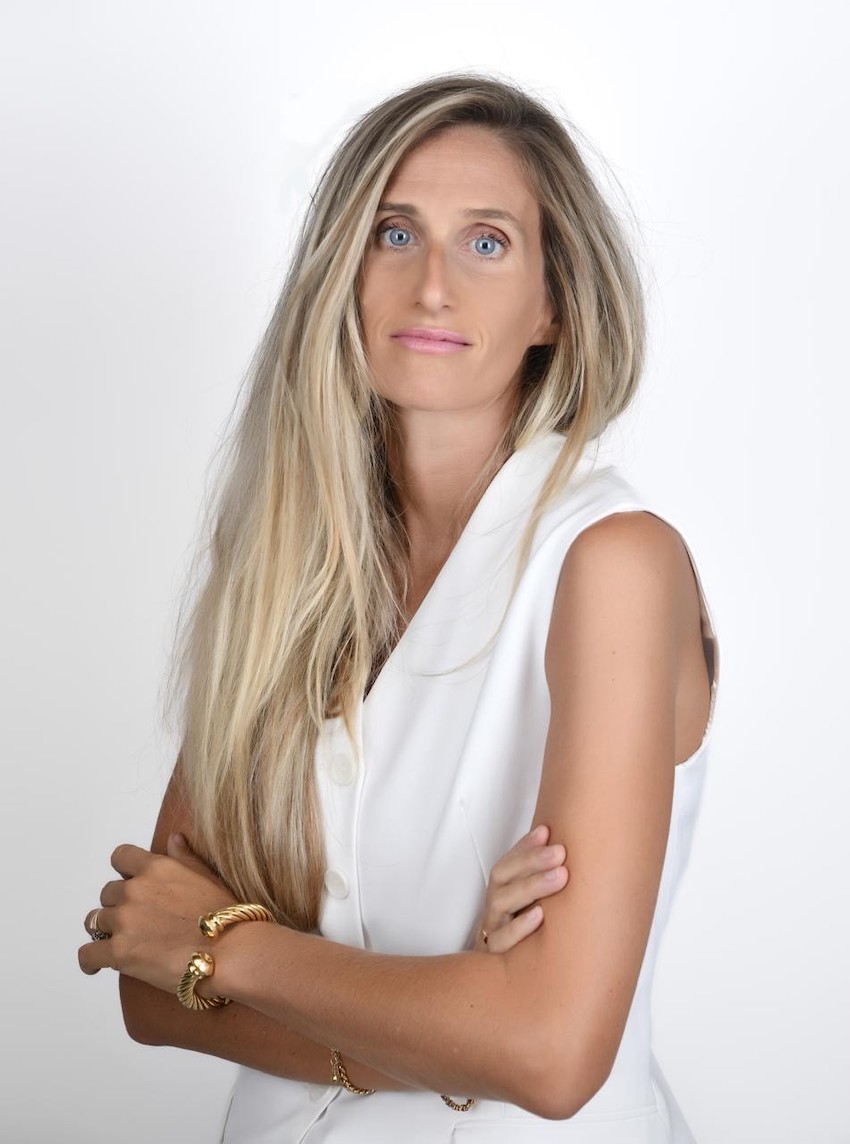RIYADH: Saudi real estate projects will take center-stage at a two-day summit in Spain featuring over 100 companies, showcasing major developments and new business opportunities in the Kingdom.
Hosted by consultancy firm GBB Venture, the 15th Real Estate Development Summit Saudi Arabia: Europe Edition is scheduled for July 4 and 5 at Palau de Congressos, Palma de Mallorca, aiming to bring together decision-makers overseeing major Saudi projects with global suppliers.
This comes as the Saudi real estate market rapidly advances with ambitious urban development projects and substantial infrastructure investments, attracting global interest while emphasizing sustainability and innovation.
The Kingdom’s property market is estimated to be worth $69.51 billion in 2024 and is projected to reach approximately $101.62 billion by 2029, according to India-based Mordor Intelligence.
Ravi Kumar Chandran, managing director at GBB Venture, said: “Saudi Arabia is transitioning to one of the historic moments of the time and (will) reposition itself as one of the most progressive, high-tech, sustainable and luxurious countries in the world.”
Moreover, the event’s agenda emphasizes not only networking opportunities but also integrating purposeful networking activities.
The summit will feature signature meetings, pre-matched and arranged based on a comprehensive list of specific business requirements from all participants, ensuring the highest quality and delivering genuine networking value, according to a press release.
These meetings aim to foster networking opportunities and encourage participants to explore new possibilities in the property sector.
The topics of discussion on the first day cover a wide array of themes, such as “The Use of Artificial Intelligence and Virtual Reality in Business Information Modeling Design Processes” and “Designing Sustainable Urban Communities with Direct Manufacturing Partnerships.”
Other topics include “Reimagine Luxury Design with 3D Printed Ceramic Tiles,” “Designing with Water – Going Beyond Technology,” “Innovation beyond Surface,” and "The Dawn of the Biotech City.”
Another panel scheduled for the first day is titled “Setting Saudi Above the Competing Boundaries.” This session will feature a panel of experts discussing how the Kingdom’s real estate projects distinguish it from others in the region.
The second day of the summit will feature discussions on various topics, including “Procurement Beyond Boundaries.” This panel will explore how procurement leaders in Saudi Arabia manage global purchases amidist rising demand for innovative international products in the real estate industry.
Other topics on the agenda for the second day include “Design Defying Boundaries,” featuring presentations by prominent architects and designers working in Saudi Arabia, and “Business Buddies,” offering a session to discover unique businesses and projects in the industry and foster connections.
Furthermore, suppliers at the event will showcase a wide range of products and services focusing on sustainability, luxury, innovation, and more.
The Kingdom has identified housing, tourism and commercial as some of its key projects under Vision 2030.
As demand in these sectors consistently outstrips supply, stakeholders such as owners, developers, contractors, as well as architects, designers, and consultants are actively engaged in pioneering projects. These endeavors aim to redefine industry standards by pushing the boundaries of what’s achievable in the market.
The Real Estate Development Summit aims to facilitate valuable knowledge exchange, offer guidance from thought leaders, and connect relevant parties with the right people and resources.
This comes as real estate transactions are set to surge in Saudi Arabia in 2024 thanks to Vision 2030 investments, according to an S&P Global report.
In a report titled “GCC Real Estate How Credit Stories Have Evolved,” S&P believes the Kingdom’s property sector will also benefit from the 3 percent economic growth anticipated across the Gulf Cooperation Council region in the current year.
The rise was attributed to sustained oil-related expansion and an increase of up to 5 percent in non-oil economic activity, particularly in Saudi Arabia and the UAE.
The Saudi government has been prioritizing the real estate sector by enacting over 18 pieces of legislation to drive its growth and significantly boost the country’s gross domestic product.
These legislations include real estate systems, executive regulations, and regulatory rules, reflecting the government’s commitment to this sector as part of Vision 2030.





























